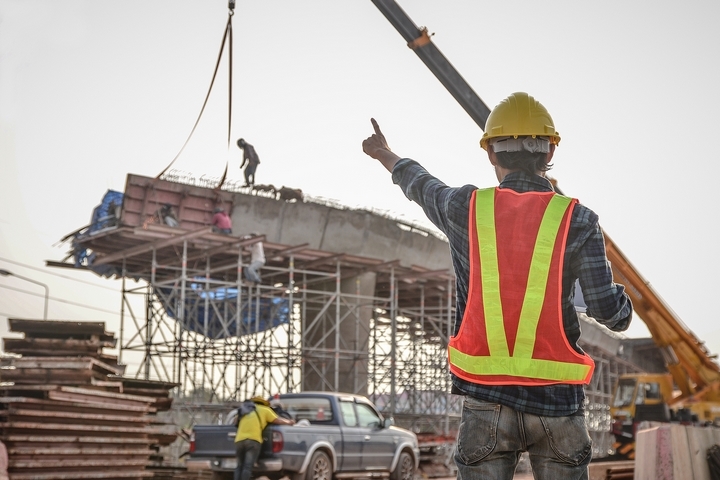In designing a space for a business, commercial construction companies must tailor the development to have the features and benefits most appropriate for the client. Commercial property can vary from a general office building to a retailer, restaurant, hotel, and more.
Commercial properties are surprisingly diverse, with custom builds prominent. Here are some of the different types of commercial construction and their unique characteristics.
Type #1: Offices
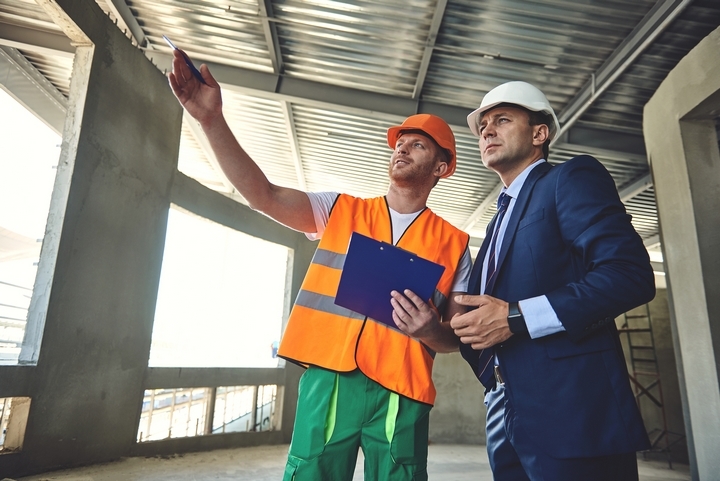
An office building, one might think, is simple to plan and construct. While they can be, office spaces can range from a basic small business office to skyscrapers owned and run as corporate headquarters and multi-tenant office complexes.
Depending on the client, there could be unique preferences in addition to regulated and required features, such as fire escapes, bathrooms, and other necessities. Compared to other types of commercial construction, offices are one of the simplest to erect. Many commercial construction services focus on offices.
Type #2: Restaurants
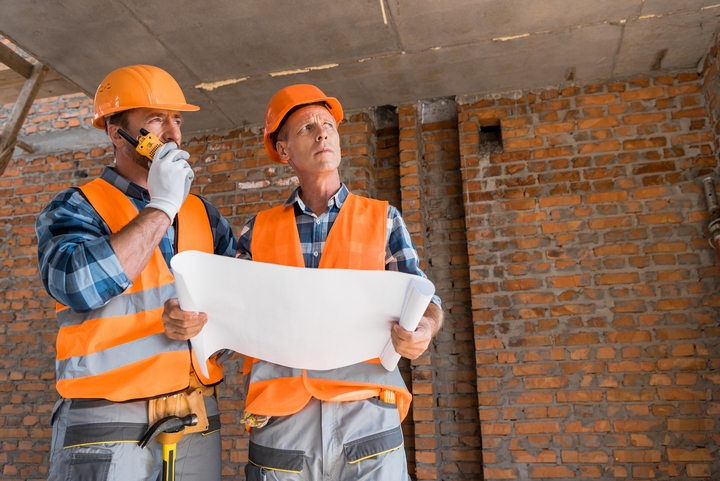
A restaurant requires a place for customers to eat and a kitchen with electrical work adhering to relevant safety protocols. No other type of commercial construction is arguably as reliant upon branding as a restaurant.
This building must be designed as a destination where customers can eat and enjoy the atmosphere for an hour or more. To complete a restaurant construction, extensive involvement from designers, architects, and contractors is required.
Type #3: Retail Spaces
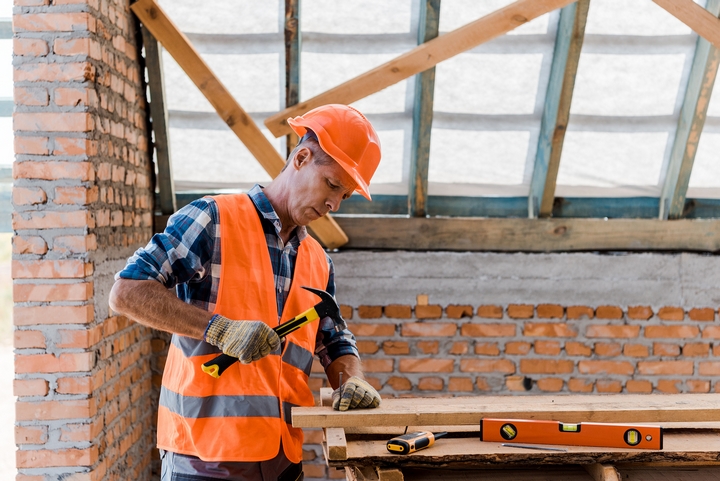
Retail is a broad category that references big box retailers like Walmart and smaller retail businesses and subcategories of retail, i.e. grocery stores. A multi-tenant retail space, such as a shopping mall, would also fit into this type of commercial construction.
Just like with restaurants that carry multiple locations, the branding and design of a retail store must be consistent with brand standards, intended design, and aesthetic. The layout is most important, promoting intuitive fluid movement throughout an establishment.
Type #4: Hotels
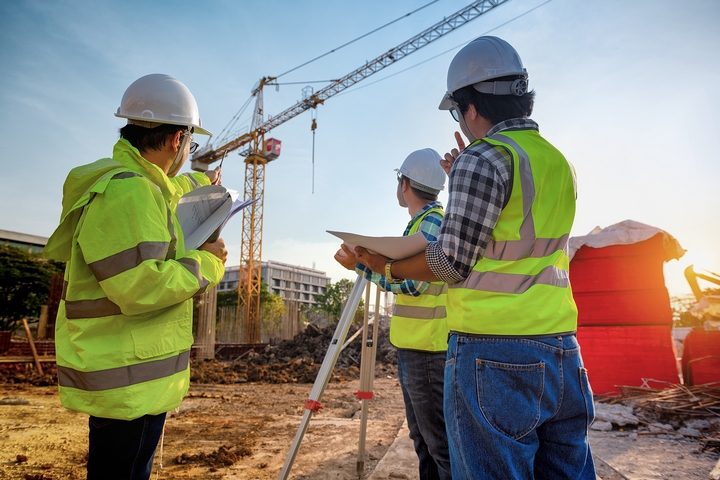
Hotels are clusters of rooms for lodging. In commercial construction, this is almost like creating segments of residential builds, each with its own defined room size, fire exit, privacy, soundproofing, electrical, and plumbing.
A contractor must ensure an equal and consistent distribution of power and water to each room in a hotel. Ease of movement in public spaces is important. Working in hotel construction generally takes an experienced contractor due to the varied requirements of such a project.
Type #5: Medical Facilities
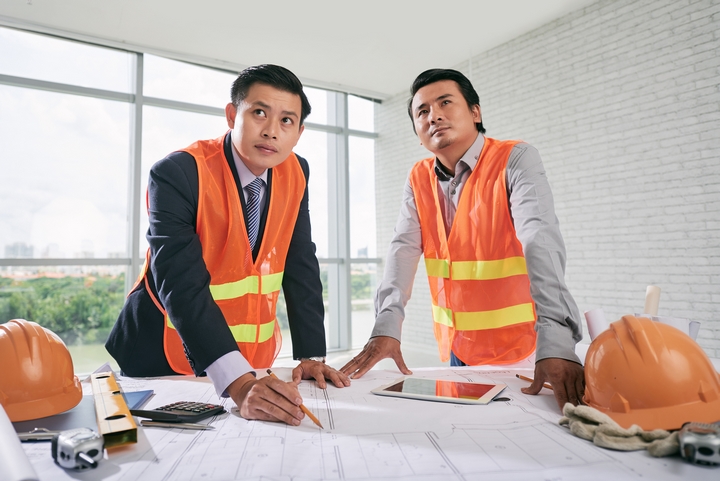
Medical facilities are another unique category of commercial construction. Extensive planning is required to map out their plumbing and electrical needs. These buildings often have a lot of rooms as well, requiring ease of navigation throughout the facility.
Accessibility is typically very important. Some examples of medical facilities include hospitals, specialist clinics, diagnostic centers, laboratories, and rehabilitation centers. Each would carry its blueprint of necessary features to incorporate into the construction design.
Type #6: Educational Facilities
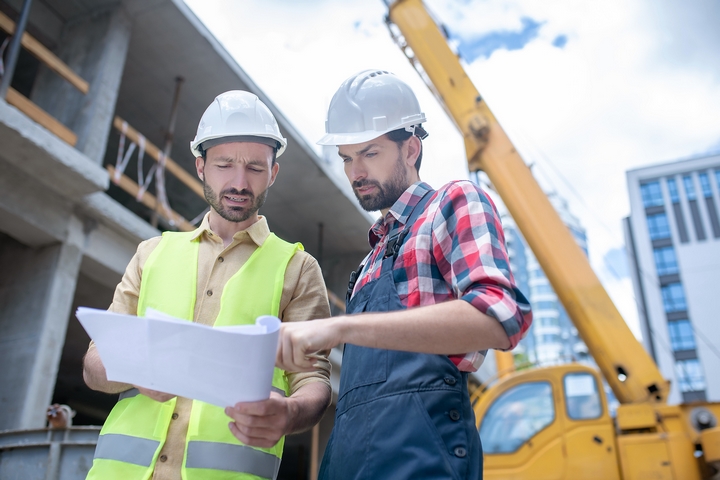
Educational facilities and institutional buildings can vary wildly in how they are built. They typically require several rooms, each with electrical and plumbing requirements, from public gyms for students to libraries, learning centers, and chemistry classrooms.
This type of commercial construction includes high schools, colleges, universities, and similar buildings.
Type #7: Stadiums And Sports Facilities
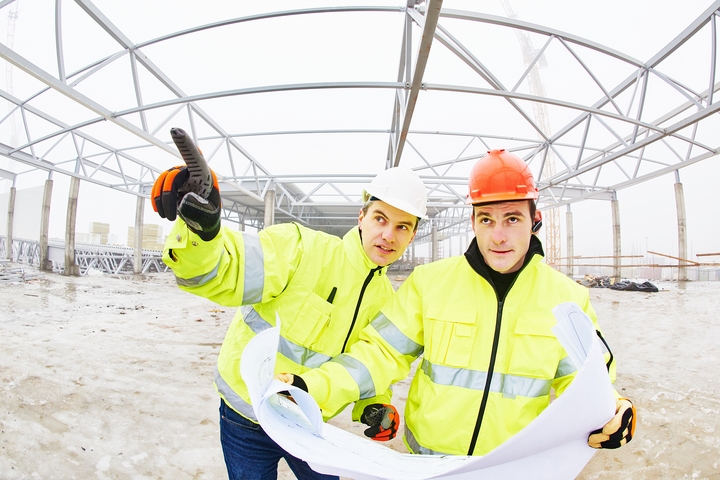
Sports facilities are planned to contain large amounts of people, factoring this into everything from the seating to the amount and location of bathrooms. Sports facilities are often multi-use, used for concerts and other public events. This must be kept in mind in their design.
If there is specific machinery or equipment designed to be used around a specific sports game, or if a designer wishes to add something unique to the look of the facility, it is ultimately up to the engineers and contractors to map out exactly how to achieve the finished look that is wanted.
Type #8: Industrial Structures
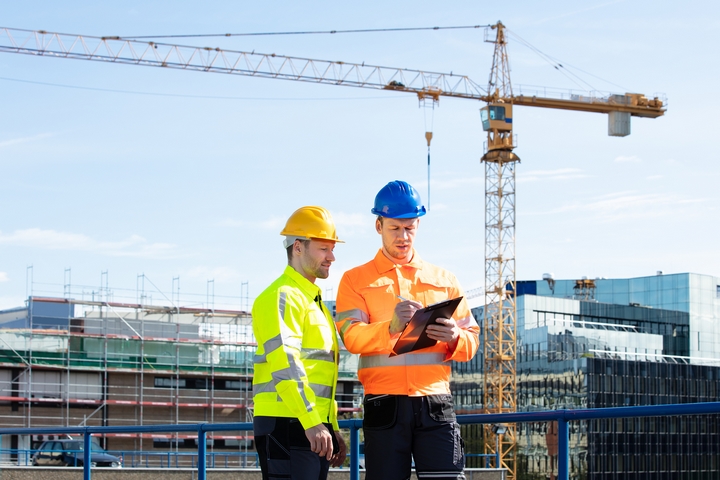
Warehouses and industrial structures are usable for manufacturing and storage. These buildings are often built with specific uses in mind, needing to accommodate certain machinery or equipment. Industrial structures may have high ceilings, require good ventilation, and are put together with safety in mind.
Some warehouses and industrial buildings also have additional requirements, i.e. a shipping dock. All in all, how these spaces are planned have everything to do with safety and productivity.
Type #9: Special Purpose Buildings
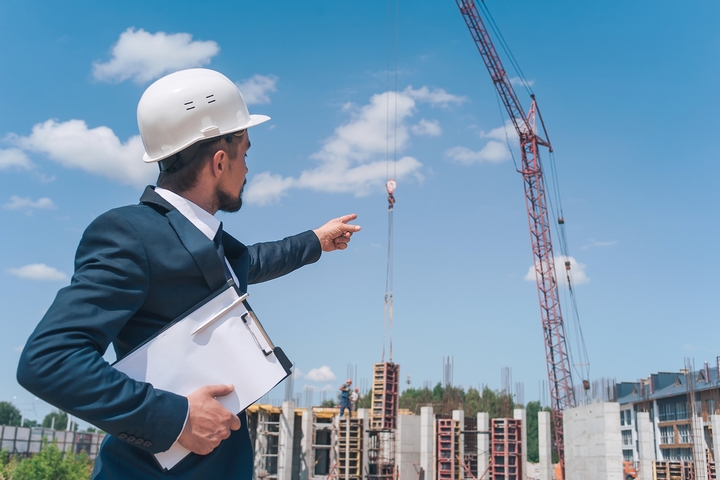
Lastly, we have a sort of catch-all for commercial construction, which is a special purpose. This category includes buildings that don’t quite fit elsewhere on our list. Places like churches, amusement parks, mini-golf courses, and tourist attractions would all fit under special-purpose buildings. Each has its own set of priorities and requests regarding what’s expected of their build.
As a commercial contractor, these projects rely heavily upon the designers, architects, and engineers and planning to ensure what’s being delivered meets the set expectation.

